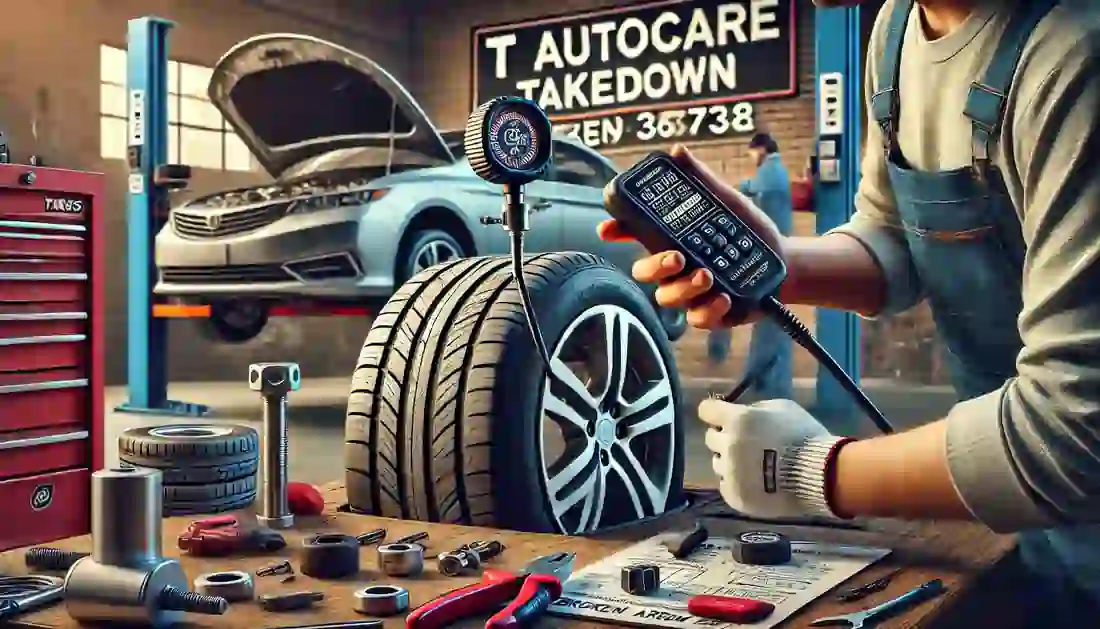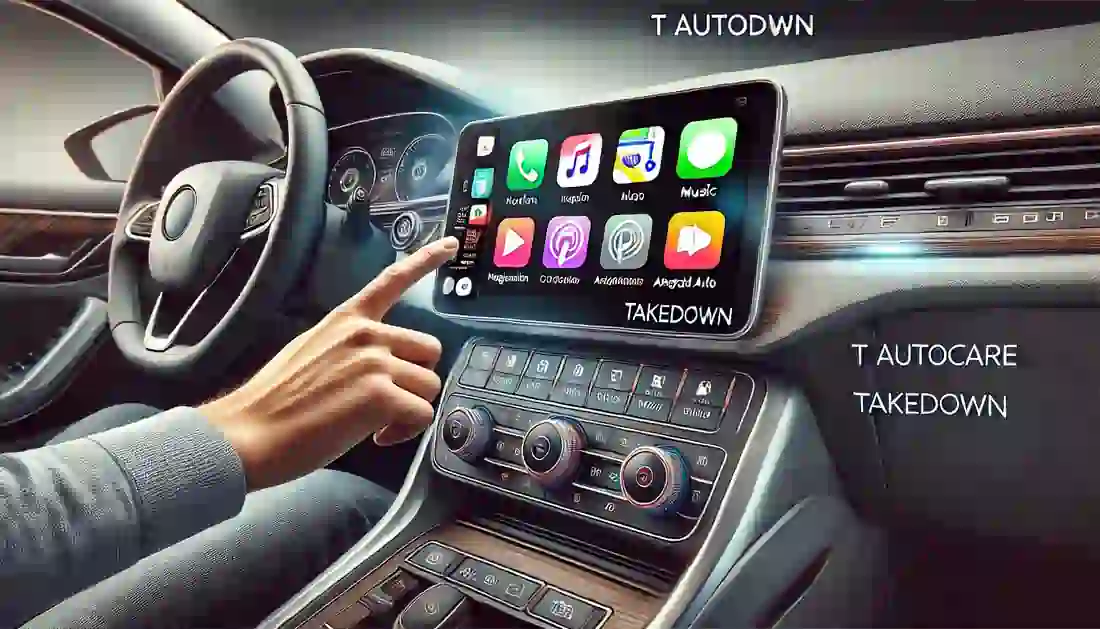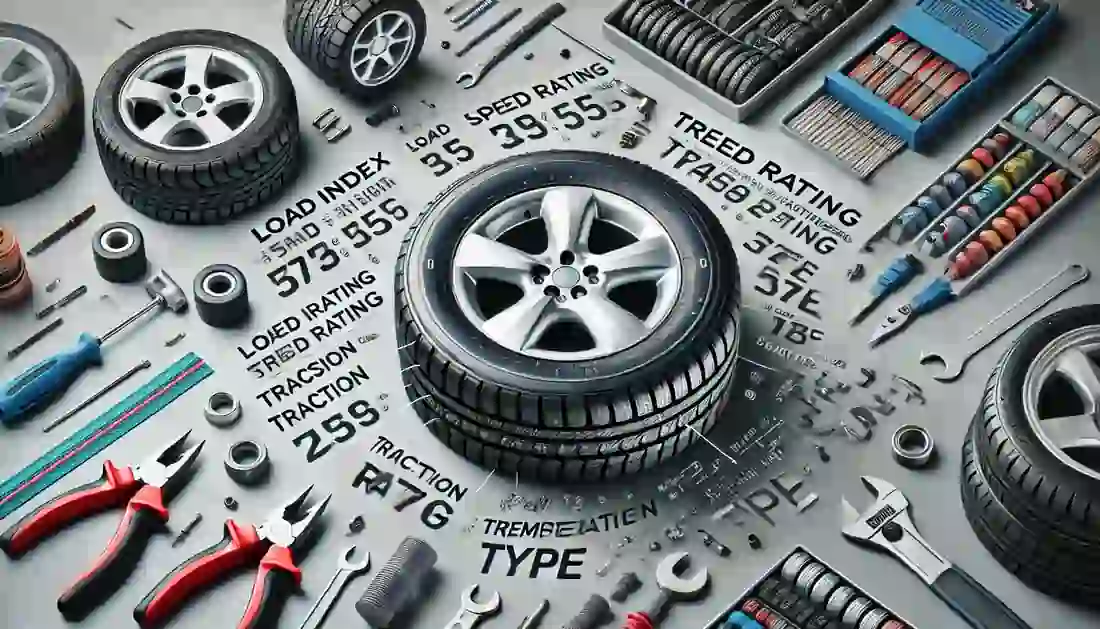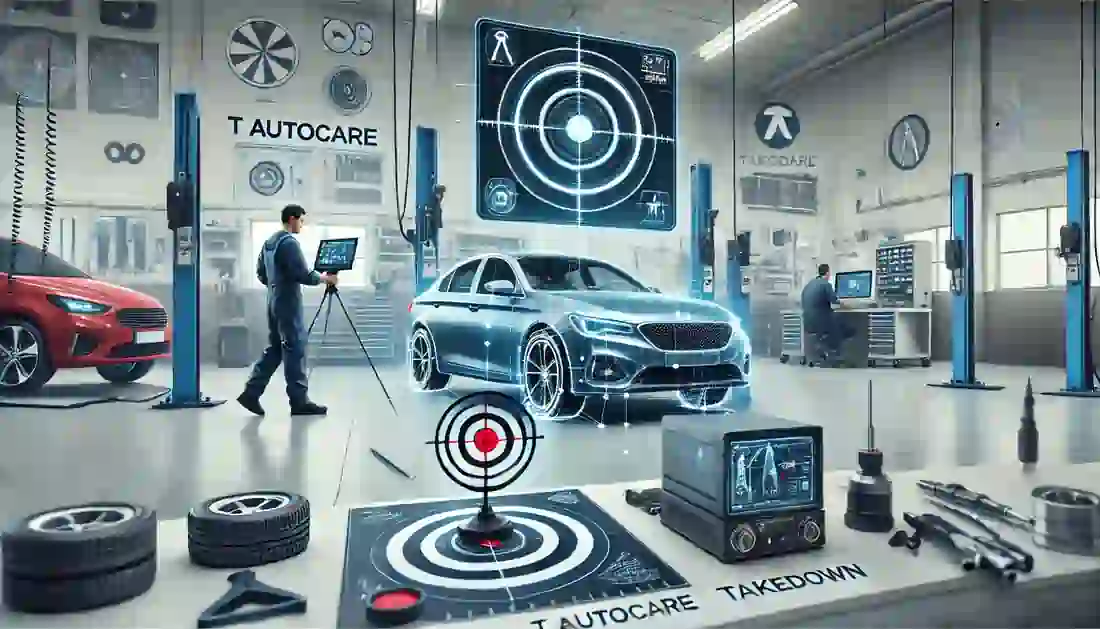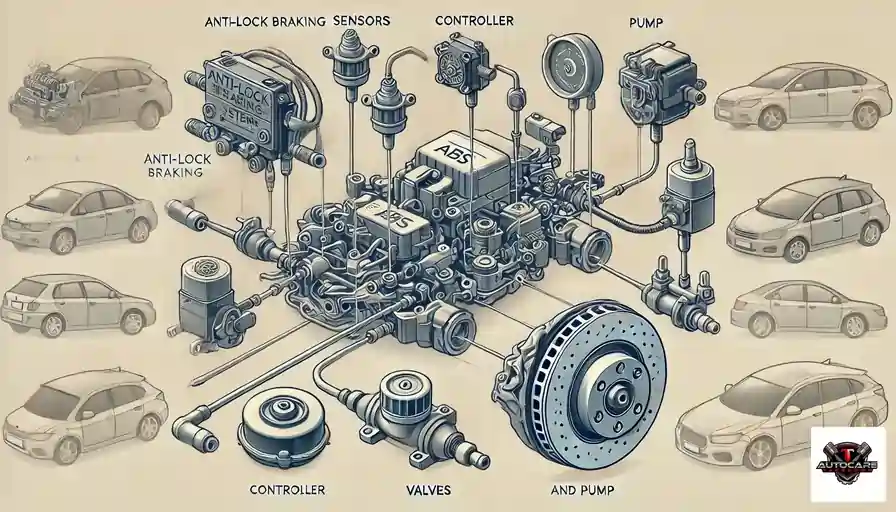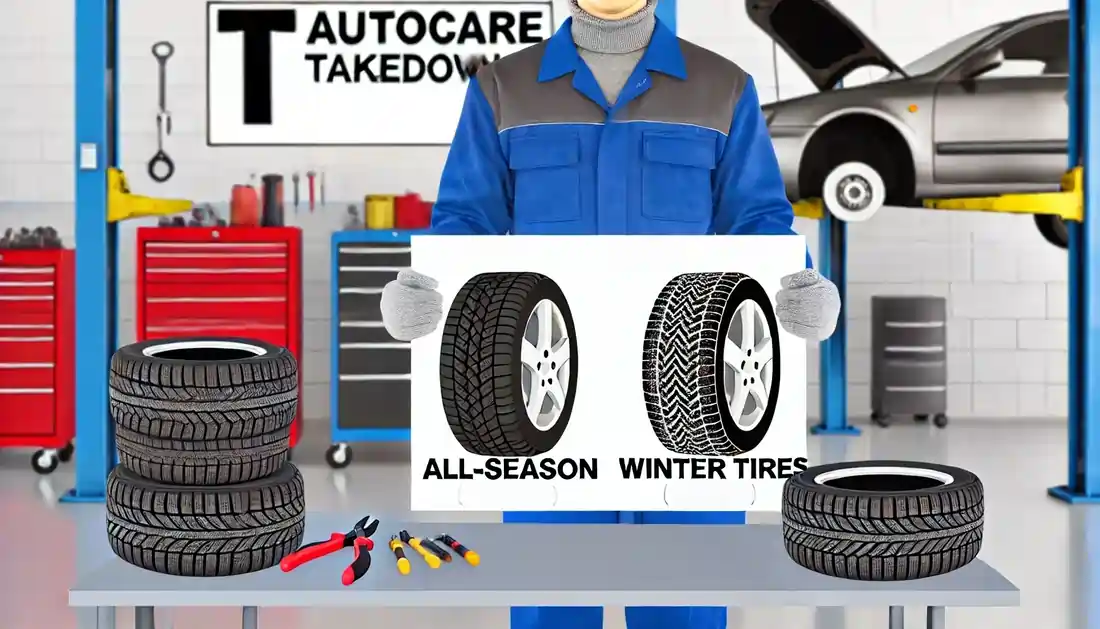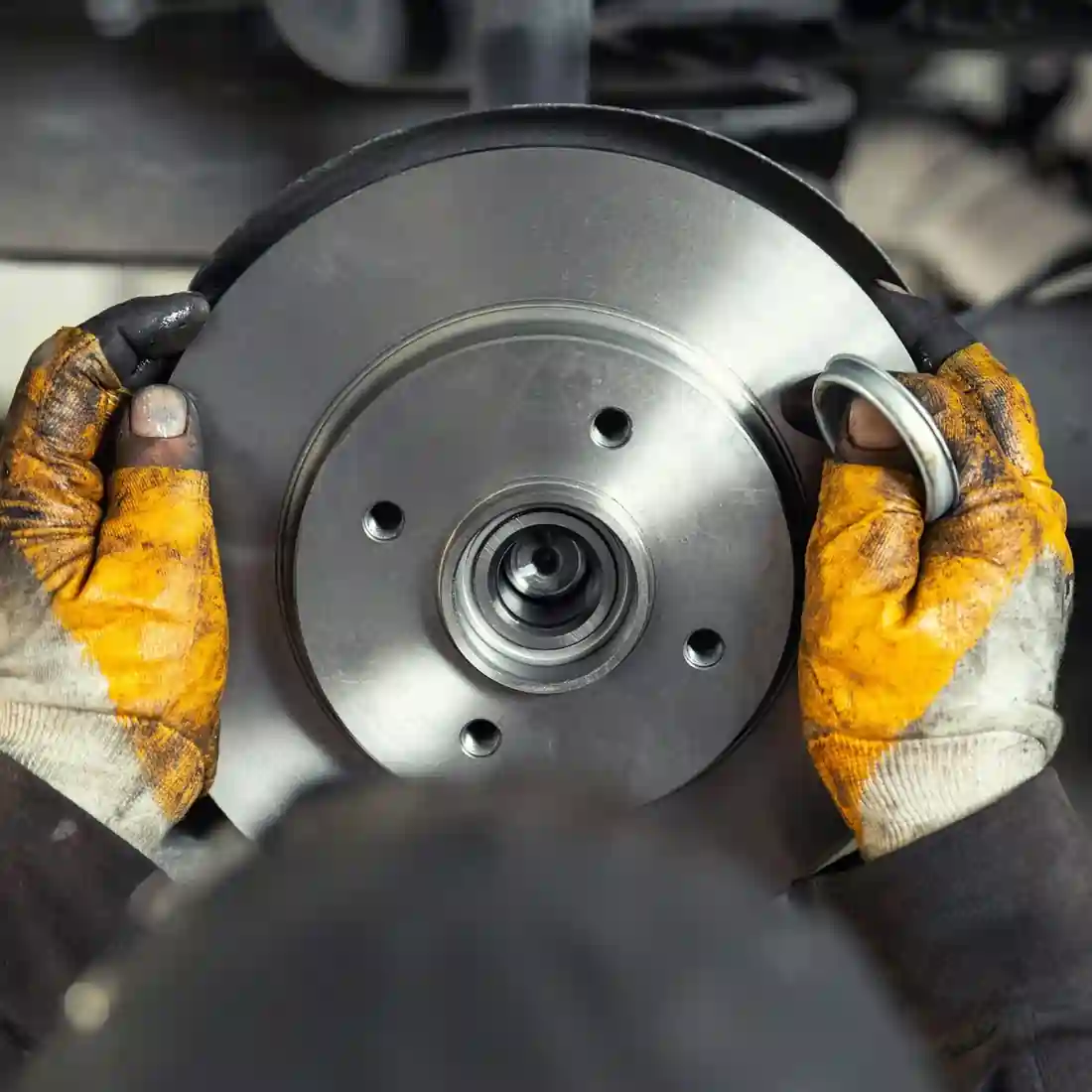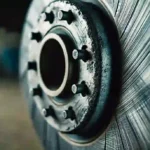Car safety features have come a long way since the early days of motoring, and understanding their evolution can help appreciate the advances that keep us safe today.
At T Autocare Takedown, we strive to provide comprehensive knowledge about vehicle safety. Here’s an in-depth look at the historical milestones and innovations in car safety.

Introduction
The journey of car safety features is marked by numerous innovations designed to protect passengers and drivers. From simple inventions like seatbelts to advanced systems like autonomous emergency braking, these features have drastically reduced accidents and saved countless lives. Understanding these advancements helps appreciate the engineering and regulatory efforts that contribute to safer roads.
Early Safety Features (1900s-1940s)
The early days of automobile safety were primitive compared to today’s standards. However, several crucial inventions laid the foundation for modern safety features.
Windshield Wipers (1903): Invented by Mary Anderson, windshield wipers were manually operated to clear rain from the windshield. This simple device significantly improved visibility and driving safety in adverse weather conditions. For a guide on how to change your windshield wipers yourself, check out our DIY windshield wiper replacement guide. Additionally, you can read about important tips for safe driving in rainy conditions to stay safe when the weather takes a turn for the worse.
Rear-View Mirrors (1911): First used in the Indianapolis 500 race, rear-view mirrors became a standard safety feature. They allowed drivers to see behind them without turning around, enhancing awareness and reducing accidents.
Safety Glass (1927): Laminated glass, which prevents windshields from shattering upon impact, was introduced. This innovation reduced injuries from glass shards during collisions.
Crash Testing (1934): General Motors conducted the first crash test, marking the beginning of systematic safety testing. This development was crucial in understanding how vehicles react during collisions and improving safety designs. Regular maintenance can help avoid common issues like brake problems. Learn more about common brake problems and how to identify them.
Mid-Century Advancements (1950s-1970s)
The mid-20th century saw significant advancements in car safety, many of which are still fundamental today.
- Seatbelts (1959): Volvo introduced the three-point seatbelt, which became one of the most effective safety devices. This simple yet revolutionary design significantly reduces the risk of injury in a crash by securing the occupant’s body.
- Airbags (1970s): Initially developed in the 1950s, airbags became more common in the 1970s and were mandated in all vehicles by 1998. Airbags cushion the impact during collisions, reducing the risk of severe injuries.
- Anti-Lock Braking Systems (ABS) (1970s): Originally developed for aircraft, ABS was adapted for cars to prevent wheel lock-up during braking. ABS allows drivers to maintain steering control during emergency braking, reducing the risk of skidding and accidents.
Modern Innovations (1980s-Present)
The past few decades have seen the introduction of advanced technologies that have drastically improved vehicle safety.
Electronic Stability Control (ESC) (1990s): ESC helps maintain vehicle control by detecting and reducing loss of traction. This system is particularly effective in preventing rollovers and improving handling in adverse conditions. Ensuring your tires are in good condition also plays a critical role in maintaining traction. Learn more about different tire ratings and how they affect safety and performance.
Rear-View Cameras (1991): Introduced to help drivers avoid collisions while reversing, rear-view cameras have become standard in many vehicles. These cameras provide a clear view of the area behind the vehicle, reducing the risk of back-over accidents.
Autonomous Emergency Braking (AEB): This system detects potential collisions and automatically applies the brakes to prevent or mitigate an accident. AEB has been shown to significantly reduce the severity of crashes and, in some cases, prevent them entirely. To understand more about how these systems contribute to vehicle safety, read our article on calibrating advanced driver assistance systems.
Advanced Safety Systems
In addition to the fundamental features mentioned above, modern vehicles are equipped with several advanced safety systems.
Collision Avoidance Systems: These systems use sensors and cameras to warn drivers of potential collisions and can take preventive actions like applying brakes. They are essential for preventing accidents and enhancing overall vehicle safety.
Adaptive Headlights: These headlights adjust their direction based on the vehicle’s steering to provide better visibility around curves. Improved visibility helps drivers react more quickly to obstacles and changes in the road. Learn more about how you can improve night driving visibility for enhanced safety on the road.
Lane Keeping Assist: This system helps keep the vehicle within its lane by making minor steering adjustments. It is particularly useful for preventing unintentional lane departures, which can lead to collisions. Steering and suspension play a vital role in keeping your car safe on the road. If you experience any issues, our wheel bearing repair service can help resolve the problem.
The Impact of Legislation and Testing
Government regulations and independent testing organizations have played crucial roles in advancing vehicle safety.
- Federal Motor Vehicle Safety Standards (1968): These standards mandated features like collapsible steering columns and side marker lights. These regulations have continually evolved to include more advanced safety features, ensuring that vehicles meet minimum safety requirements.
- New Car Assessment Programs (1990s): Independent crash tests that rate vehicle safety have driven manufacturers to improve their designs. These programs provide consumers with valuable information about the safety performance of different vehicles.
Lives Saved by Safety Innovations
Safety features have saved countless lives over the years. For instance, the National Highway Traffic Safety Administration (NHTSA) estimates that seatbelts save over 14,000 lives annually in the United States. Airbags are credited with saving thousands of lives each year, reducing the risk of death in a frontal crash by about 30%. Anti-lock brakes and electronic stability control have significantly decreased crash rates, especially in adverse conditions, by helping drivers maintain control.
Conclusion
The evolution of car safety features reflects the industry’s commitment to protecting drivers and passengers. Innovations have continuously improved vehicle safety, making modern cars far safer than their predecessors. Understanding these advancements helps appreciate the engineering and regulatory efforts that contribute to safer roads.
For more detailed information and professional auto repair services, visit T Autocare Takedown.
Contact Us:
- Address: 1501 W Detroit St, Broken Arrow, OK 74012
- Phone: (539) 367-3738
By understanding the evolution of car safety features, you can better appreciate the importance of regular vehicle maintenance and the role of advanced safety systems in preventing accidents.
Trust T Autocare Takedown for all your auto repair and maintenance needs.
Additional Resources
To further enhance your knowledge about car safety features and overall vehicle maintenance, we’ve compiled a list of helpful articles and services. These resources dive into key topics that can help you keep your vehicle in top condition and ensure safer driving experiences.
How to Maintain Your Car’s Advanced Driver Assistance Systems: Modern cars come equipped with advanced driver assistance systems (ADAS), which require regular calibration to function properly. Learn more about how to calibrate your car’s ADAS and why it’s essential for your safety on the road.
The Future of Autonomous Vehicles: As car technology evolves, autonomous vehicles are becoming a reality. Learn about the innovations that are shaping the future of self-driving cars in our exploration of autonomous vehicles.
Coolant System Pressure Testing Services: Keeping your car’s engine cool is critical for preventing damage. If you’re experiencing overheating issues, a coolant system pressure test may be necessary. Visit our page to learn more about our coolant system pressure testing services at T Autocare Takedown.
Understanding the Role of Catalytic Converters: Catalytic converters play an important role in reducing harmful emissions from your vehicle. Find out more about how they work and what happens when they fail in our guide on the role of catalytic converters.
Auto Repair Services at T Autocare Takedown: From routine maintenance to complex repairs, T Autocare Takedown offers a wide range of services to keep your vehicle running smoothly. Check out the full list of our auto repair services to see how we can help you.
Hybrid and Electric Vehicle Maintenance: As hybrid and electric vehicles become more common, knowing how to maintain them is essential. Our guide on hybrid and electric vehicle maintenance covers everything from battery care to the unique requirements of these vehicles.
How to Maintain Your Car’s Cooling System: A properly functioning cooling system is essential for preventing your engine from overheating. Check out our guide on how to maintain your car’s cooling system.
Preventing Vehicle Rust: Rust can cause significant damage to your vehicle if not addressed early. Learn how to prevent vehicle rust to extend your car’s lifespan.
Understanding Your Car’s Maintenance Schedule: Keeping up with your vehicle’s maintenance schedule is crucial for long-term performance and safety. Read more about understanding your car’s maintenance schedule to stay on top of routine care.
How to Keep Your Battery in Top Condition: A healthy battery is key to ensuring your car starts reliably and powers essential systems. Learn how to keep your battery in top condition.
Fuse Box Repair Services: Electrical issues can disrupt your car’s operation. If you’re experiencing problems with your car’s electronics, visit our page on fuse box repair services to see how we can help.

